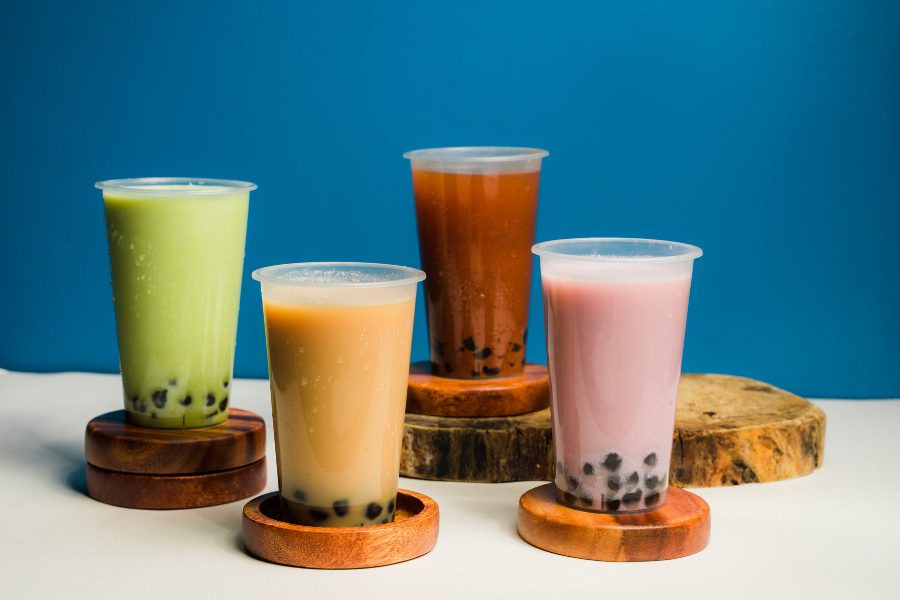The beverage industry has seen an increase in demand for premium beverages among younger consumers, and boba tea is a growing niche in that specialty segment.
According to a recent CLSA survey of consumers, 94% of those aged between 20 and 29 bought boba tea in the last three months, reported Bloomberg (June 24).
Boba tea, or “bubble tea,” has been around since the late 1980s in Taiwan. It slowly spread throughout Asia before gaining popularity in the U.S. and across the globe.
What is bubble tea exactly?
Bubble tea is a chilled milk tea containing large tapioca pearls, called “boba,” and sipped through a jumbo straw. Fruit-flavored bubble teas with a juice, slushy, or smoothie base, rather than a milk base, are a common variation on menus.
However, the appeal of this beverage extends beyond taste — bubble tea offers a textural experience, making it more exciting than other non-alcoholic beverages like coffees or standard teas. “It’s a specialty drink that can be extremely customized beyond tapioca and milk,” says Bocopop owner, Steve Kelly, in Liberty Lake, Washington.
Part of the growing demand for these beverages is customization. The flavor is established by a tea base such as green, jasmine, or black, and can be enhanced with fruit flavors like mango, lychee, or peach.
Besides regular tapioca pearls, customers can opt for popping boba (tapioca pearls that explode with fruit juice upon chewing), lychee jellies, or aloe chunks for textural appeal. Another unique addition is a cheese foam, similar to foam on a latte.
In an effort to cater to health-conscious consumers, shop owners are offering dairy-free options of bubble tea such as oat milk, and sugar-free sweeteners like stevia or agave.
Market profile
According to a Fortune Business Report, bubble tea was worth $2.02 billion in 2019, and by 2027, its global market share is expected to reach $3.39 billion. Companies at the forefront of this trend, according to Fortune Business Insights, include:
- Chatime Group (Taiwan, China)
- Bubble Tea Supply Inc. (U.S.)
- Gong Cha (China)
- CoCo Fresh Tea & Juice (China)
- Quickly (Taiwan, China)
- Kung Fu Tea (U.S.)
- Tiger Sugar Korea (South Korea)
- Boba Loca USA Inc. (U.S.)
- Lollicup USA, Inc. (U.S.)
- Happy Lemon (United Kingdom)
The Asia-Pacific region remains the largest shareholder of the bubble tea market. North America has seen an uptick in boba cafes, particularly in the Pacific Northwest, and is projected to be the second largest leader in bubble tea business.
Boba tea’s surge in popularity may be attributed to reinvention, plus international travel to and from the Asia-Pacific region. “I think it’s interesting when people refer to boba as a trend, because I guess as an Asian American person, it was really normal for us to have,” says Mindy Bach, co-owner of Tea’s Company, a mobile boba business.











